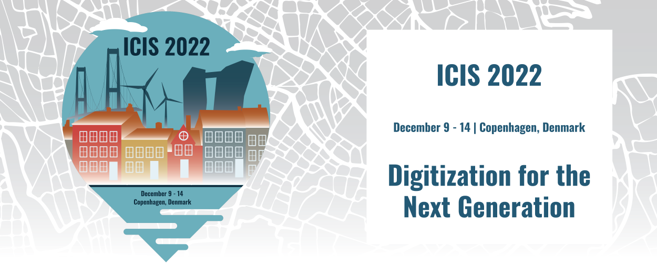Paper Number
2065
Paper Type
Short
Description
Deploying Artificial Intelligence (AI) proves to be challenging and resource-intensive in practice. To increase the economic value of AI deployments, organizations seek to deploy and reuse AI applications in multiple environments (e.g., different firm branches). This process involves generalizing an existing AI application to a new environment, which is typically not seamlessly possible. Despite its practical relevance, research lacks a thorough understanding of how organizations approach the deployment of AI applications to multiple environments. Therefore, we conduct an explorative multiple-case study with four computer vision projects as part of an ongoing research effort. Our preliminary findings suggest that new environments introduce variety, which is mirrored in the data produced in these environments and the required predictive capabilities. Organizations are found to cope with variety during AI deployment by 1) controlling variety in the environment, 2) capturing variety via data collection, and 3) adapting to variety by adjusting AI models.
Recommended Citation
Weber, Michael; Pfeiler, Maximilian; Hein, Andreas; Weking, Jörg; and Krcmar, Helmut, "Deploying AI Applications to Multiple Environments: Coping with Environmental, Data, and Predictive Variety" (2022). ICIS 2022 Proceedings. 7.
https://aisel.aisnet.org/icis2022/is_design/is_design/7
Deploying AI Applications to Multiple Environments: Coping with Environmental, Data, and Predictive Variety
Deploying Artificial Intelligence (AI) proves to be challenging and resource-intensive in practice. To increase the economic value of AI deployments, organizations seek to deploy and reuse AI applications in multiple environments (e.g., different firm branches). This process involves generalizing an existing AI application to a new environment, which is typically not seamlessly possible. Despite its practical relevance, research lacks a thorough understanding of how organizations approach the deployment of AI applications to multiple environments. Therefore, we conduct an explorative multiple-case study with four computer vision projects as part of an ongoing research effort. Our preliminary findings suggest that new environments introduce variety, which is mirrored in the data produced in these environments and the required predictive capabilities. Organizations are found to cope with variety during AI deployment by 1) controlling variety in the environment, 2) capturing variety via data collection, and 3) adapting to variety by adjusting AI models.
When commenting on articles, please be friendly, welcoming, respectful and abide by the AIS eLibrary Discussion Thread Code of Conduct posted here.



Comments
11-PM